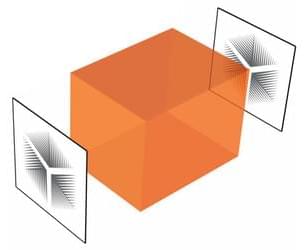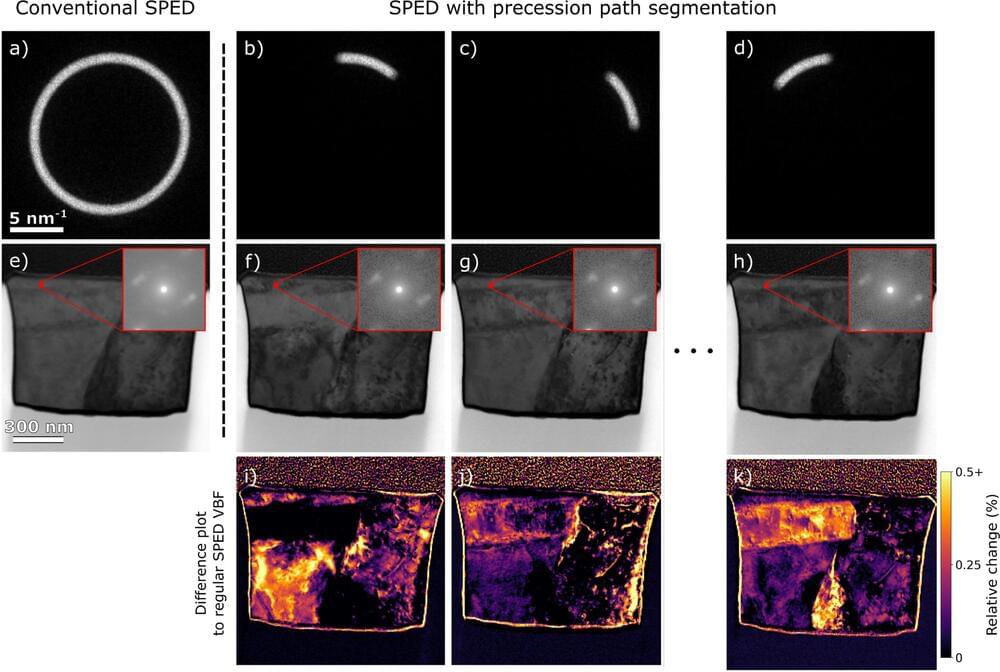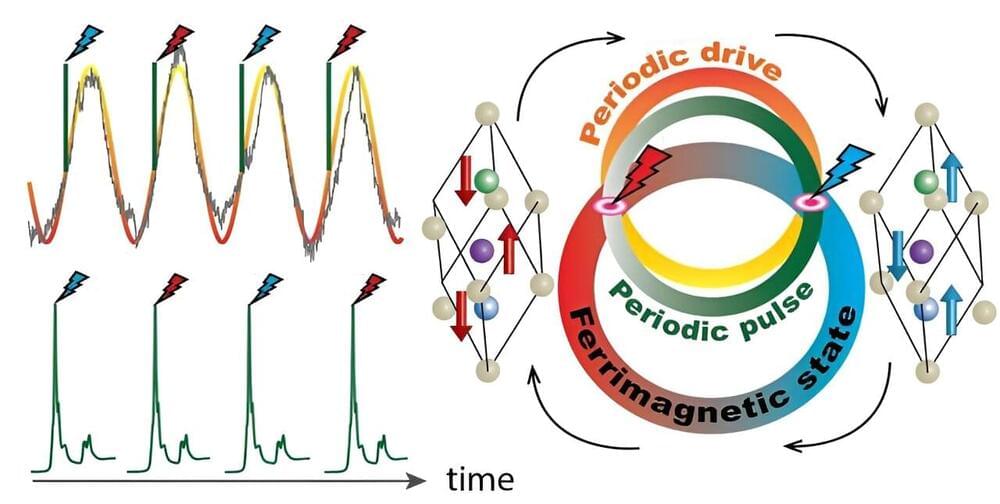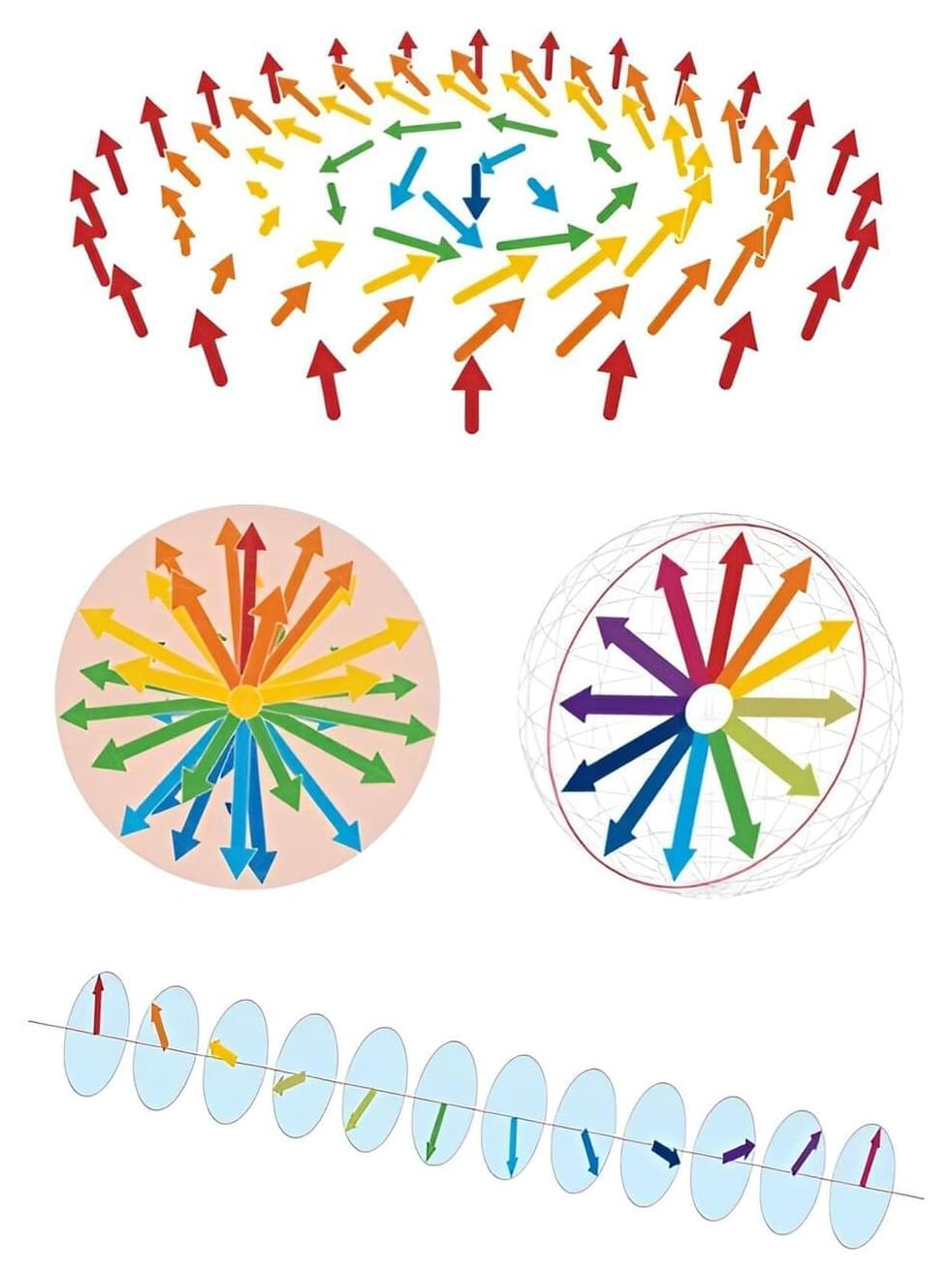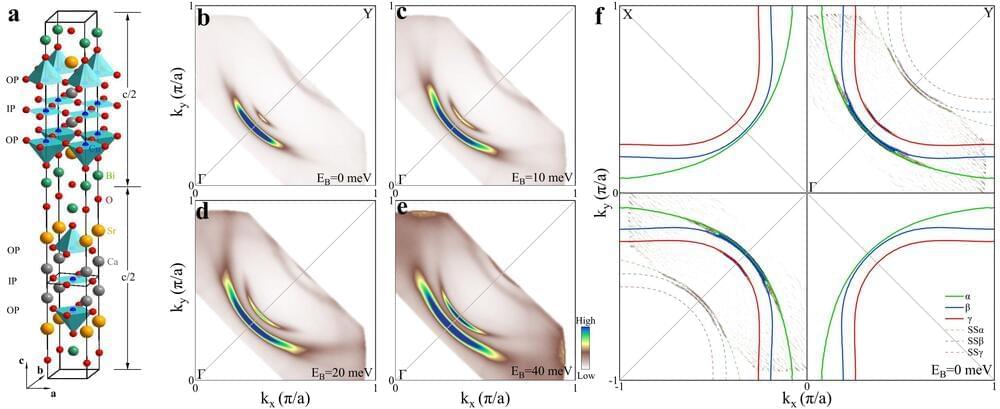Nov 6, 2023
Nonsteady Illumination Improves Imaging Resolution
Posted by Saúl Morales Rodriguéz in category: materials
Illuminating a high-resolution lens with waves whose intensity diminishes over time can improve the image quality.
Images formed using a conventional lens have a strict resolution limit—features smaller than about one half of a wavelength of light are lost. “Superlenses” made from structures called metamaterials could potentially beat this restriction if not for unavoidable losses in the transmission of the light carrying the finest details. Now researchers have used sound waves to demonstrate a new way around this problem that should also apply to light waves: they varied the amplitude of the “illuminating” waves over time [1]. The new approach, they believe, will enable the development of more precise acoustic and photonic lenses for use in areas such as microscopy and ultrasound imaging.
Not all of the light that reflects off of an object escapes to distances far away. The so-called evanescent waves decay rapidly in amplitude as they travel away from an object, but these waves contain the subwavelength information required to beat the usual resolution limit. A technique called near-field scanning optical microscopy can detect these waves by using a probe to scan across the object at close range, but real-time images are not possible because the scanning process is time consuming. Other “superresolution” imaging techniques also face trade-offs between complexity, speed, and efficiency.
